Varieties and nuances of choosing cameras
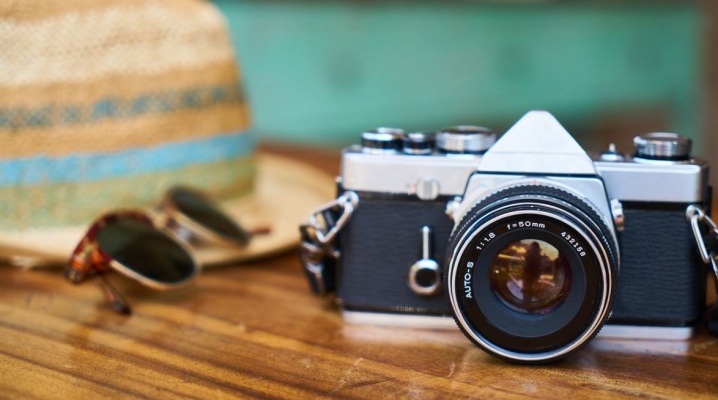
Photography is a technique of painting with light, if translated literally - "light painting". The image is created using a matrix in a camera, a light-sensitive material. The first photograph was taken by the Frenchman Niepce almost 200 years ago in 1826. He used a camera obscura, and the first picture took 8 hours. Another Frenchman, Daguerre, whose surname is immortalized in the word "daguerreotype", worked almost in unison with him. But today all this is history, many take photos with their phones, but the camera is still a popular professional technique. And photography as an art form does not lose its positions.
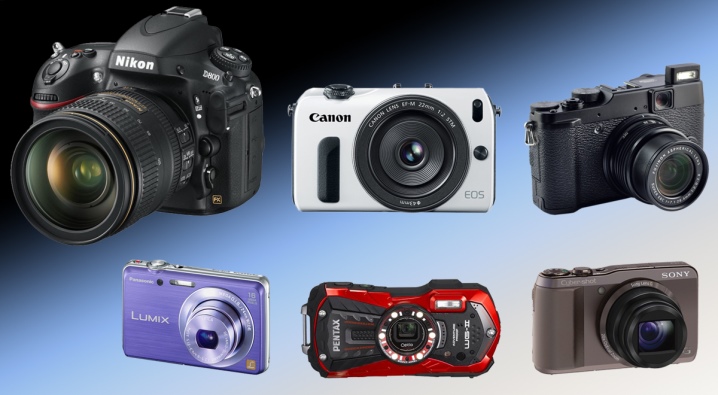
What is it and why are they needed?
The already mentioned Louis Daguerre in 1838 made the first photograph of a person. A the following year, Cornelius took his first self-portrait (one might say, the era of the selfie began back then). In 1972, the first color photo of our planet was taken. And all this thanks to the advent of a device called the camera. Everyone gets acquainted with the principle of its work at school. This is a special device that converts the luminous flux emanating from an object into a format convenient for storing the information received. The picture is captured frame by frame.
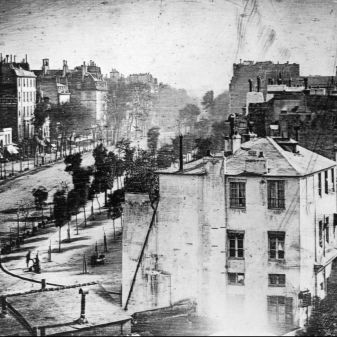
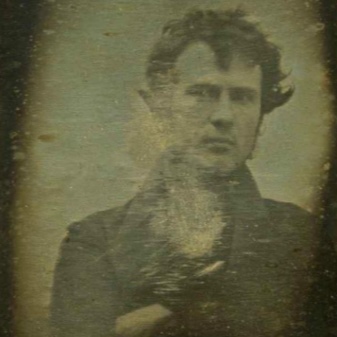
Let's take a look at how the camera works.
- Pressing a dedicated button opens the shutter. Through the shutter and lens, the light that is reflected from the fixing object enters the inside of the camera.
- Light hits a sensitive element, film or matrix. This is how a picture, an image is formed.
- The shutter of the apparatus closes. You can take new pictures.
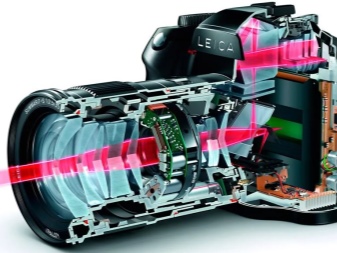

Film and digital cameras are actively used today. Their purpose is the same, but the imaging technology looks different. In film technology is chemical, and in digital technology it is electrical. With digital cameras, photography is ready in no time, and it's no surprise that this particular technique dominates the market today.
For further consideration of the topic, we will briefly review the terms.
- Lens Is a set of lenses arranged in a cylindrical body. It seems to compress the size of the external image to the size of the camera matrix and focuses this mini-image on it. The lens is one of the main parts of the camera that affects the image quality.
- Matrix Is a rectangular plate with photocells. Each of them is engaged in the transformation of light into an electrical signal. That is, one photocell is equal to one point in the image created on the matrix. The quality of these elements affects the detail of the photo.
- Viewfinder - this is the name of the camera sight, it will help you choose the object of photography.
- Dynamic range - the range of brightness of objects, the camera perceives it from absolute blackness to absolutely white. The wider the range, the better the color tones are reproduced. The best in this case will be the matrix's resistance to overexposure, the noise level in the shadows will be lower.
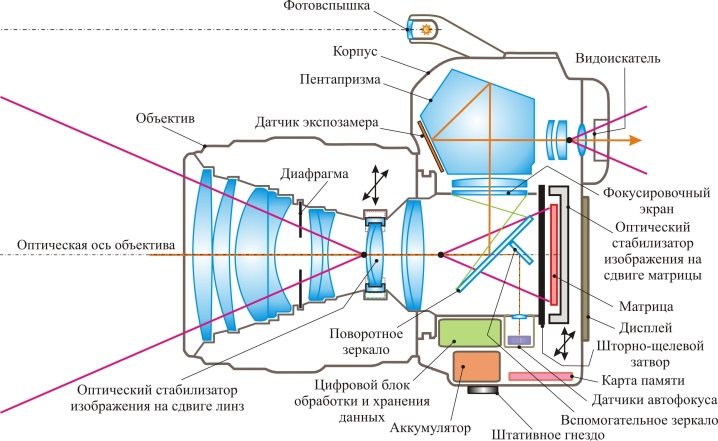
Photography is a fascinating art of capturing reality, and not only reality, and the author's view of this world. And the camera is the photographer's second eyes.
Species overview
Cameras today are presented in a large assortment - from portable objects to very expensive and feature-rich devices.
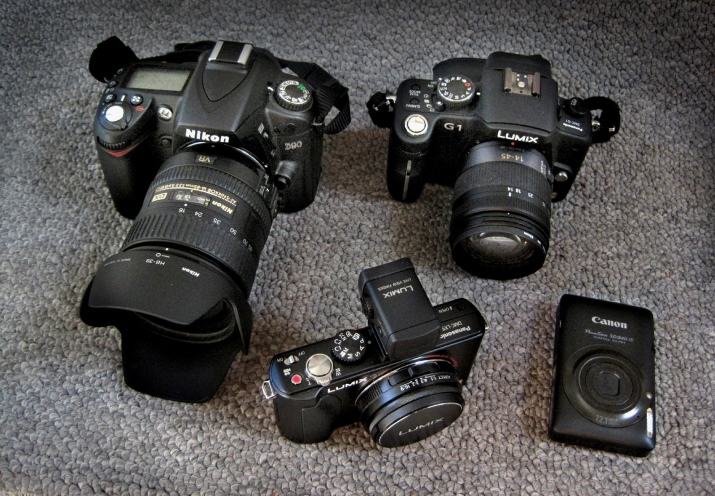
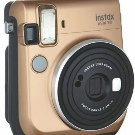
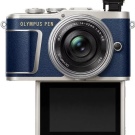


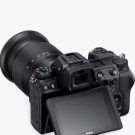
Film
Light reflected from the object being shot goes through the lens diaphragm, focusing in a special way on the polymer flexible film. This film is coated with a light-sensitive emulsion. The smallest chemical granules on the film change color and transparency under light action. That is, the film actually "memorizes" the picture. To form any shade, as you know, you need to combine red, blue and green colors. So, each microgranule on the surface of the film is responsible for its color in the picture and changes its properties as required by the light rays that hit it.
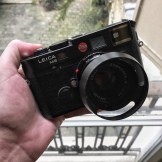
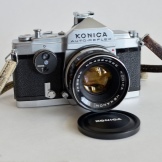
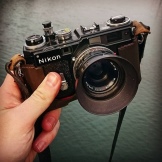
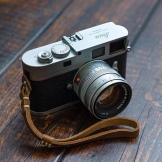
Light can be of different color temperature and intensity, therefore, on photographic film, as a result of a chemical reaction, an almost complete copy of the scene or object being shot is obtained. The style of a film photo is formed by the characteristics of the optics, the exposure time of the scene, the illumination, the opening time of the aperture and other nuances.
Digital
The first digital camera appeared in 1988. Today these cameras have taken over the backbone of the market for such technology, and only true conservatives or amateurs of the "old style" shoot on film. The popularity of digital technology is associated with the spread of digital technologies: from personal computers to photo printing without fiddling with reagents. Finally, the most important advantage of digital cameras is the very ability to correct the image quality at the time of shooting. That is, the percentage of spoiled frames is minimized. But the principle of operation of the technique itself does not differ from the classical camera. Only, unlike a film camera, in digital, photochemical preservation is replaced by photoelectric. This mechanism is characterized by the conversion of the luminous flux into an electrical signal with subsequent recording on an information carrier.


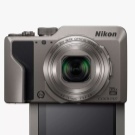

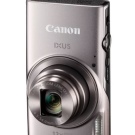
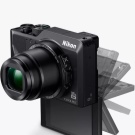
The average consumer is more interested not in how a digital camera works, but in the classification of its types. And manufacturers offer different options. For example, compact equipment, such as pocket cameras or, among the common people, "soap dishes". These are small cameras with a not very sensitive sensor, no viewfinder (with rare exceptions) and a non-removable lens.
Mirrored
This technique is very popular among professional photographers. Probably due to its own versatility: a DSLR camera is good at capturing both statics and dynamics. The main feature of the "DSLR" is a mirror-like optical viewfinder. As well as a detachable lens and a high-resolution matrix. A sophisticated glass optics system helps to reflect the image in a mirror located at an angle of 45 degrees to the viewfinder. That is, the photographer will see virtually the same picture that will appear on the finished photograph.
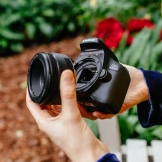

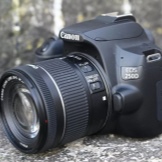

Some DSLR models are equipped with full-size sensors. The image quality is very high, the device is energy efficient, and the operating speed is high. The photographer has control over the depth of field and can shoot in RAW format. Only if an amateur decides to buy such a technique, it may not seem to him the most convenient. Still, this is not a lightweight unit, but a set of lenses only makes the construction heavier. If you carry everything with you, sometimes the total weight of the camera and its accessories is 15 kg.

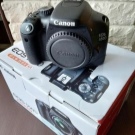
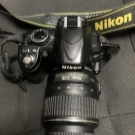

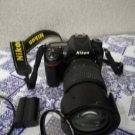
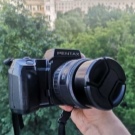
Finally, manual settings of the "DSLR" are also not convenient for everyone. Many people like the automatic mode. And, of course, the price of such equipment in comparison with compact digital cameras is much higher.
Mirrorless
Full-frame mirrorless cameras do not have a movable mirror and pentaprism, that is, the dimensions of such a technique are already more advantageous than the dimensions of "DSLRs". These cameras are more compact and easier to carry. The optical viewfinder has been replaced by an electronic one, and there is an LCD display. And these circumstances, by the way, do not reduce the quality of the pictures. Mirrorless cameras are equipped with interchangeable optics, and even lenses for DSLRs can sometimes be installed on mirrorless equipment through special adapters.
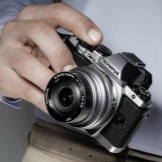
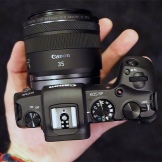
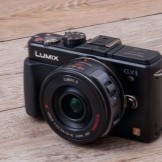
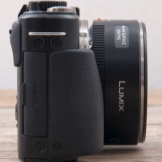
If we talk about inconveniences, then they can be attributed to a relatively fast battery consumption, because both the sensor and the viewfinder (as already noted, electronic) work in this technique all the time. But this is probably fixable, and the appearance of more capacious batteries is only a matter of time.
Rangefinder
"Rangefinders" are a type of photographic equipment that uses a rangefinder to fix the sharpness. A rangefinder is a device used to measure the distance from the person who is shooting to the target that he is shooting. The difference from the "soap dish" is a less noisy shutter, and a short interval for pressing the shutter button, and a non-overlapping picture in the viewfinder during shooting. A viewfinder is always present in modern rangefinder cameras. And he demonstrates the frame in full, and the viewfinder of "DSLRs", for example, will show up to 93% of the maximum information. Moreover, some "rangefinders" have a larger field of view than "SLRs".
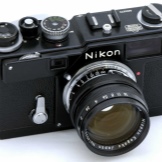
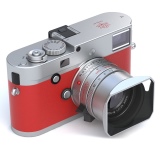
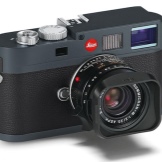
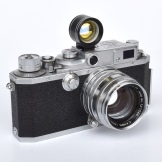
And if we identify the shortcomings, it is worthwhile to say right away that many of them are conditional. And technical progress cancels one drawback after another every day. But if they are still selected, then sometimes the inaccuracy of framing jumps, there are difficulties with macro photography, the polarization filter of such a technique is very specific, it is also not easy to work with light filters.
Medium format
These are cameras with a medium format matrix. Film and digital - the classification remains the same. Only the matrix format for film technology is standardized, and in digital technology, the manufacturer sets it at his discretion. All digital medium format cameras are divided into devices with a non-replaceable matrix, cameras with a replaceable digital back, and gimbal cameras with a digital back. The main advantages of medium format technology:
- high information capacity, that is, the lens of such a device can capture a large number of objects, and this reduces the graininess of the picture;
- the device reproduces well the colors and shades of the image, that is, corrective interventions are practically not required;
- enviable focusing distance.
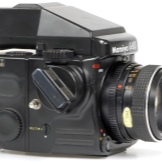
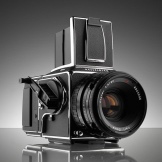
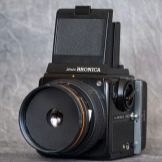
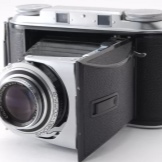
The above types of technology demonstrate that the digital format rightfully dominates this market. And no stereoscopic, infrared, wide-angle, panoramic queries are leading as much as simply finding a good digital device. Preferably with a swivel screen. Other characteristics - bayonet, for example (as a type of lens attachment to a camera), and even 4K (recording format, that is, a picture that consists of more than 8 million pixels) - are already optional. Pros turn to them, and amateurs and beginners often choose a camera by brand, price, and focusing on basic characteristics.
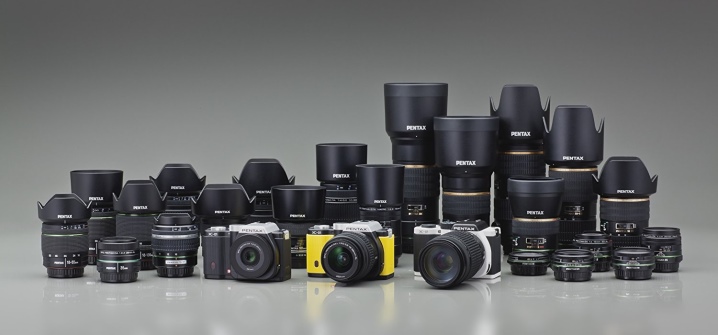
Main characteristics
This glossary will help you understand what are the main criteria for judging a camera.
- Depth of field (DOF). This is the name for the distance between the closest and the most distant object of the scene, which the camera perceives as sharp. The depth of field of the imaged area is influenced by aperture, lens focal length, resolution, and focusing distance.
- Matrix size. The larger the useful area of the matrix, the more photons it captures per unit of time. If you decide to take photography seriously, it is desirable that the crop factor of the camera is 1.5-2.
- ISO range. But you don't really need to pay attention to the maximum value of this parameter. It can be amplified endlessly, but along with the useful signal, the amplification also affects the noise. That is, in practice, the ISO limit values are not applicable.
- Screen. The larger it is, the higher its resolution, the more convenient it is for viewing photos. And although many are sure that there is no better touch screen for a modern person, it will not replace buttons and switches for sure.
- Mechanical strength. Shockproof is a characteristic that is more applicable to photographers shooting in extreme conditions.That is, an ordinary user does not need to overpay for this.
- Dust and moisture protection. If frequent shooting in nature is supposed, then a waterproof device is really more convenient. But even if this figure is high, it does not guarantee that the camera will not be damaged if it gets into the water.
- Battery life. The larger its capacity, the better. But it is worth remembering that cameras with an electronic viewfinder are more "voracious" in this sense.

There are a dozen more main properties of the camera: there are different memory cards in the kit, and flash lock, and exposure compensation, and much more. But trying to figure it all out right away is not necessary. This knowledge will come gradually. But the following tips are more accurate as tips for choosing a camera.
How to choose the right one?
The goal, tasks, level of training of the photographer - that's what you need to start from. Consider how best to make a selection.
- If the purpose of acquiring a camera is mainly family shooting, then even an ordinary "soap dish" will cope with it perfectly. Good daylight photography is a real demand for these cameras. You need to choose a model with a resolution of up to 8 megapixels and a CMOS matrix. You should focus on the models with the maximum aperture parameters, in compacts, it is worth recalling that the lenses are non-removable, and this cannot be fixed.
- If you plan to take pictures outdoors, on vacation, while traveling, you can opt for mirrorless devices with a resolution of 15-20 megapixels.
- If the purpose of the purchase is not an amateur, but a professional one, it should be a "DSLR" with a large matrix (MOS / CCD). At the same time, 20 megapixels for detailing is more than enough. If the shooting will be dynamic, you need a shockproof device.
- A macro technique is first and foremost a good lens. It is desirable to stay at a constant focal length. A wide-angle lens is suitable for capturing stationary parts, a telephoto lens for anything moving.
- For beginners, there is no universal advice, we still choose according to one parameter or another. But the pros assure that you should not buy expensive equipment for the experience of the first filming. Even on the assumption that all the "bells and whistles" of a cool camera will be minimally used by a beginner, and he will pay a very high price for the experience.
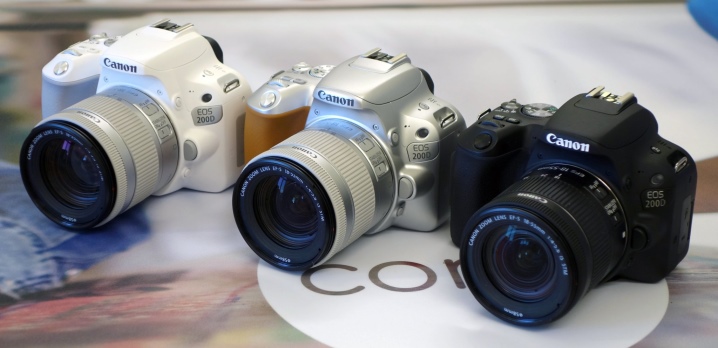
Therefore, beginners in photography should look not so much at whether the camera is protected against impacts or whether the camera is explosion-proof, but at the photosensitivity, focal length, and resolution values.
Popular brands
Famous brands are also known by people who are far from photography. Which camera is the best, they still argue about both the manufacturer and the model. The top 6 leading brands in the photographic equipment market include well-known names.
- Canon. This company is more than 80 years old, the Japanese manufacturer has its collection points in various Asian countries, and in China too. A reliable case, excellent quality, choice of technology class and budget are the undeniable advantages of the brand. The functionality of all models is relatively simple and affordable.
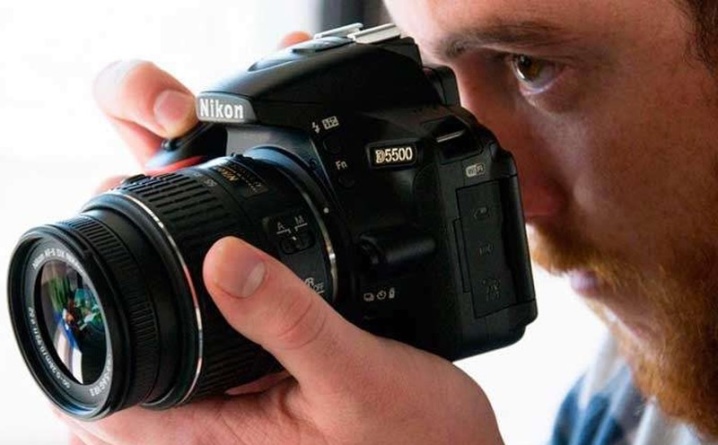
- Nikon. Constantly competing with the above brand. Veteran in the photographic equipment market - passed the 100-year milestone. And this is also a Japanese manufacturer, but factories are also located throughout Asia. Very often the brand is cited as the best "DSLR" for newbie photographers in terms of price-performance ratio.

- Sony. Another Japanese corporation with a worldwide reputation. It is considered the flagship of the relatively best visualization of the EVF. And the brand has every right to "boast" of copyright lenses. But lenses from other suppliers are also suitable for the company's models.
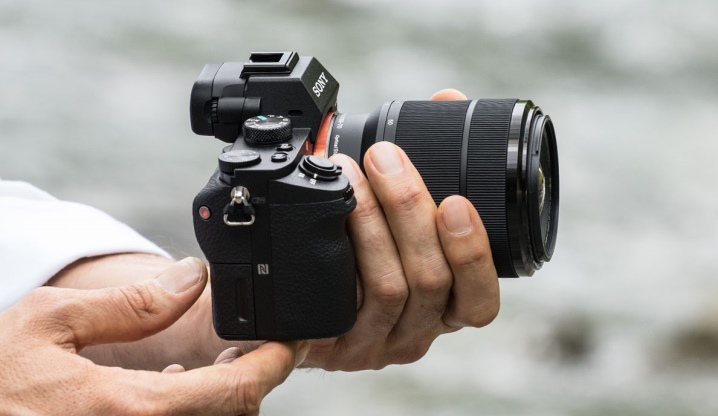
- Olympus. The Japanese brand was founded over 100 years ago. It is the largest manufacturer of mirrorless devices. He also created 5 generations of rugged cameras. And he also offers the buyer a variety of budget models. And the flashes of this technique are close to professional ones.

- Panasonic. The name of the brand is Lumix. Wide profile: from compact models to DSLRs.The brand combines two recognized qualities - German and Japanese. The company has models that are quite budgetary at a price, but they can shoot in truly extreme conditions: in the scorching sun, in freezing cold to the bones, and even under water.
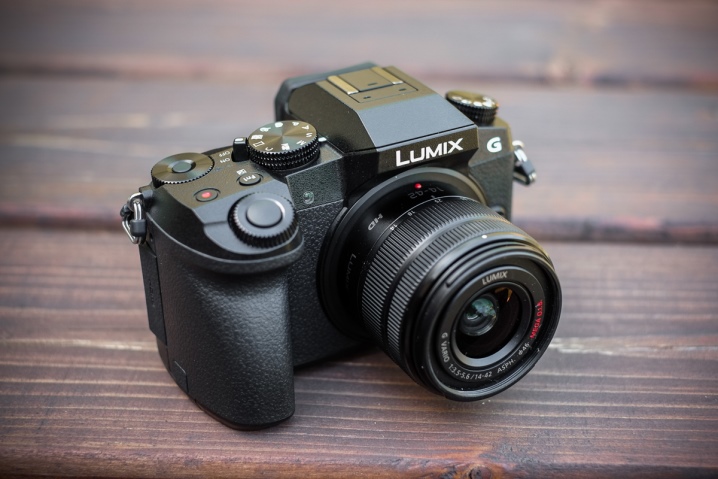
- Fujifilm. This brand is loved by many photographers, the manufacturer's "mirrorless" cameras are considered the fastest, and the photos are crystal clear. The company is now focused on developing the world's best premium cameras.
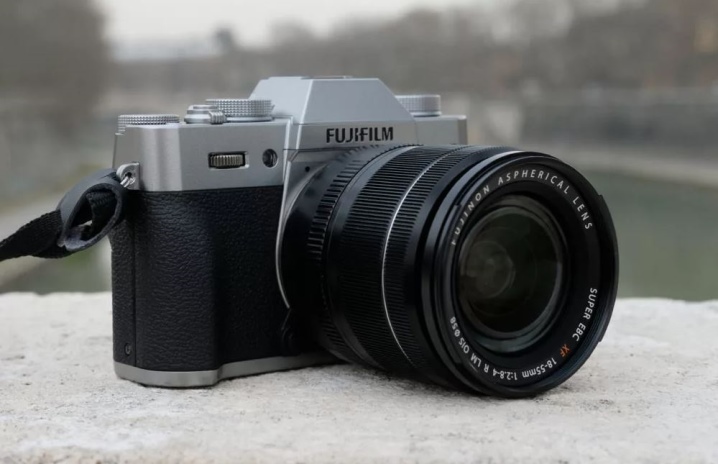
Accessories
The choice of accessories, of course, depends on the needs of the photographer. The most important are several items.
- Memory card (for a digital camera) and film for film. If a professional shoots, a 64 GB card (minimum) is suitable for him, but many photographers purchase media immediately for 128 GB.
- Protective filter. It fits over the lens and protects the front lens from dust, moisture, dirt.
- Solar hood. This accessory is used to reduce glare and flare in the photo.
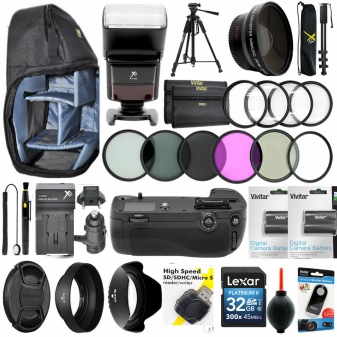

And also the photographer may need a synchronizer: it guarantees the simultaneous firing of the flash and the shutter of the technique. Often, photographers purchase an external flash, a tripod for image stabilization. Less used ones include lens cleaning kits, color filters, an aqua box for underwater photography, and even a remote control. But before buying accessories, you need to disassemble the camera, its settings (both metering and shooting modes), and understand what is really needed and what will be a hasty purchase.
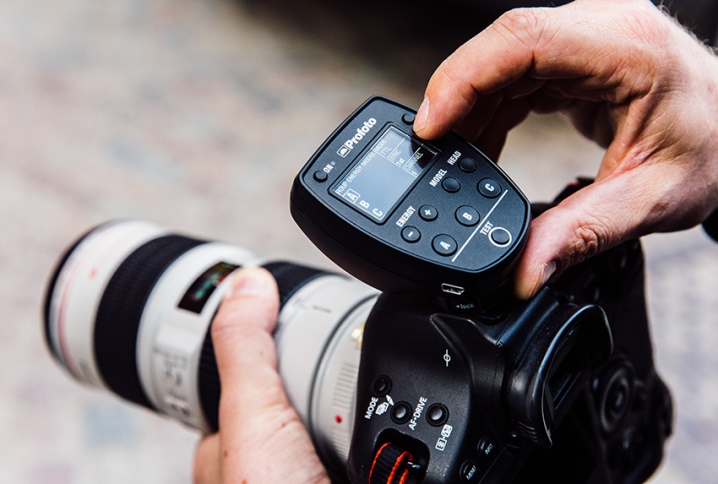
Operating tips
And in conclusion, some valuable advice for beginners, who so far the words "adjustment", "exposure compensation" and "depth of field" only scare. Here are 13 tips for beginners.
- Camera settings should always be reset. It happens that you need to react quickly to capture a shot. And now the "camera" is at hand, the shot has been taken, but the quality of the picture is not the same, because the settings have not been removed.
- The card needs to be formatted. And do this before the start of the survey, as this practically guarantees any deformation of the data.
- Resizing images is a good habit. The camera itself usually offers high definition footage by default, but this is not always necessary.
- It is necessary to study the parameters of the settings. This is how the strengths and weaknesses of technology and its capabilities are tested.
- The tripod must be of good quality. The longer it will last, the faster it unfolds, the less it is subject to wear and tear.
- Don't forget to align the horizon line. It should be clearly horizontal with no slopes. If the digital horizon level is "stitched" in the camera, it should be used.
- Manual focusing is often more reliable than autofocus. For example, detailed focusing during macro photography should be manual.
- The focal length should be used on a situational basis, taking into account the remoteness of what is being filmed.
- It is imperative to check the edges of the frame, since most viewfinders do not give 100% coverage of the picture.
- You always need to shoot more than required, because immediately, for example, the subtlest changes in lighting are not visible - but in the photo they will be noticeable. Shooting a lot and then choosing the best is a practice that never fails.
- Don't ignore the camera's exposure modes. And although many pros are skeptical about them, it is very interesting to creatively apply the capabilities of technology. For example, setting the Portrait mode will expose a wide aperture with muted colors. And with "Landscape" saturation increases.
- There is often a debate about the importance of shutter speed and aperture. More precisely, about which of this is more important. Aperture controls DOF and shutter speed controls shutter speed. What needs more serious control is a priority.
- When changing lenses, the camera should always be turned off; the lens opening should be kept facing down. It is not uncommon for dust and other unwanted particles to enter the camera when changing lenses, so this moment must be carried out very delicately.
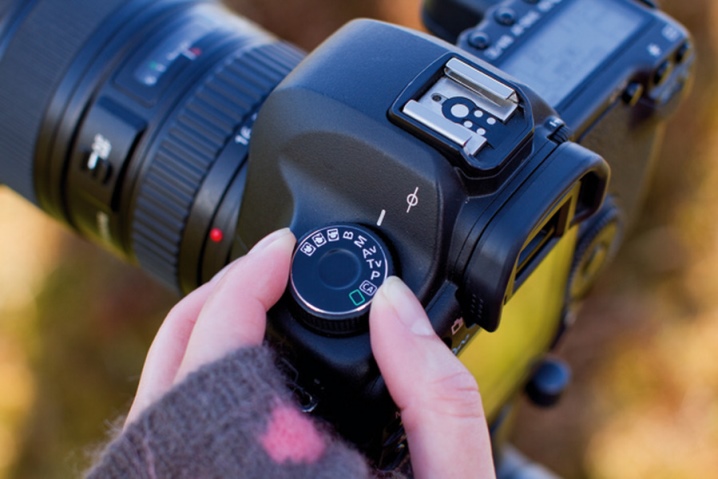
Happy choice!
For information on how to choose the right camera, see the next video.













The comment was sent successfully.